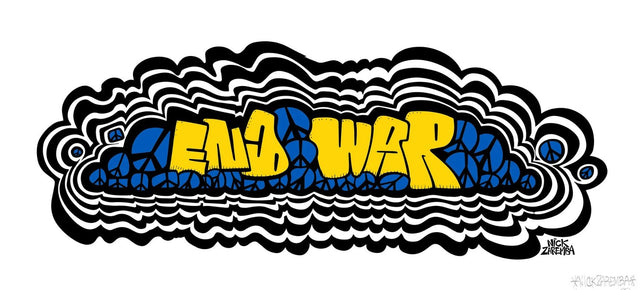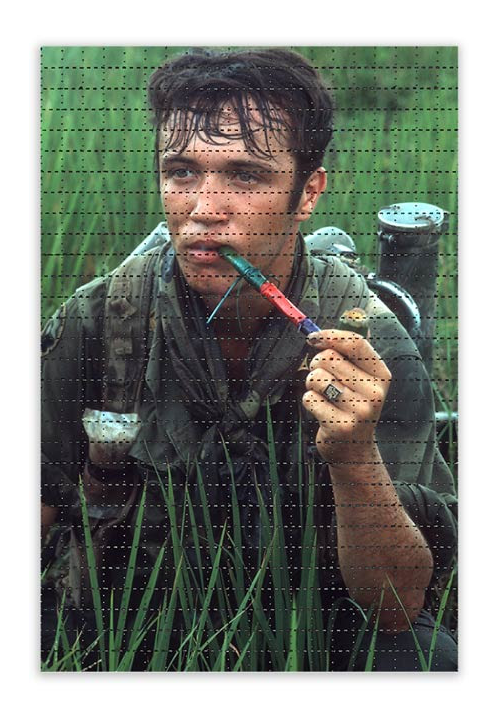
Graffiti art and Pop art are two distinct art forms that emerged in the 20th century, but they share some common themes and elements, including the representation of war. Graffiti art originated as an underground subculture that emerged in the streets and subways of New York City in the late 1960s and early 1970s. Graffiti artists used the walls and public spaces as their canvas, and their work often featured political and social commentary, including critiques of war and militarism. Many graffiti artists expressed anti-war sentiments through their work, such as depicting images of destruction and violence, or slogans and messages of peace. In contrast, Pop art emerged in the 1950s and 1960s as a reaction against the traditional fine art world, and celebrated the popular culture and mass media of the time. Pop artists such as Andy Warhol and Roy Lichtenstein incorporated images and iconography from popular culture, including images of war and military conflict. Their work often used bold colors and stylized images to comment on the impact of war and military culture on society. In both graffiti art and Pop art, war was often represented as a destructive force that caused pain, suffering, and loss. Graffiti artists used their work to protest against war and the military-industrial complex, while Pop artists used war imagery as a reflection of the pervasive influence of military culture on American society. War was a prevalent theme in both graffiti art and Pop art, reflecting the artists' concerns about the impact of war on society and the world around them.

